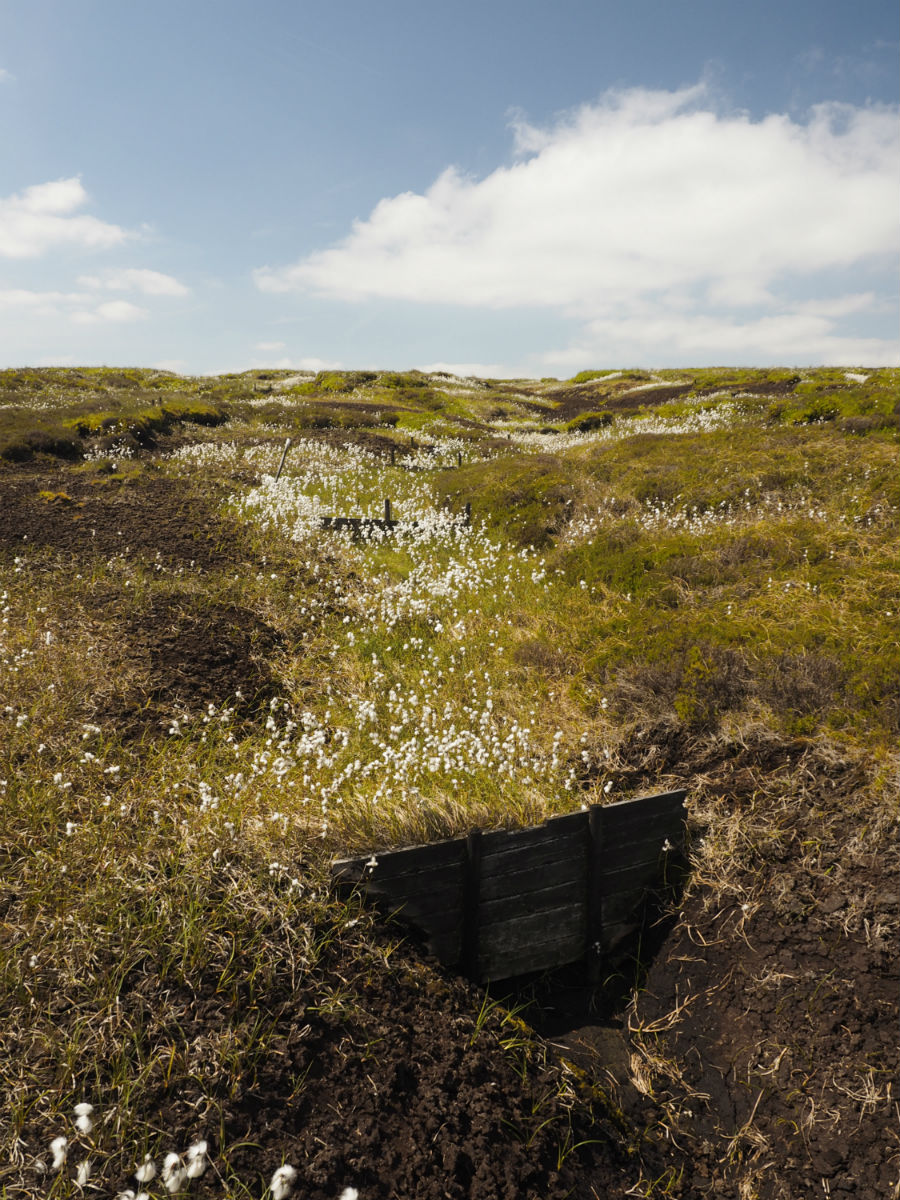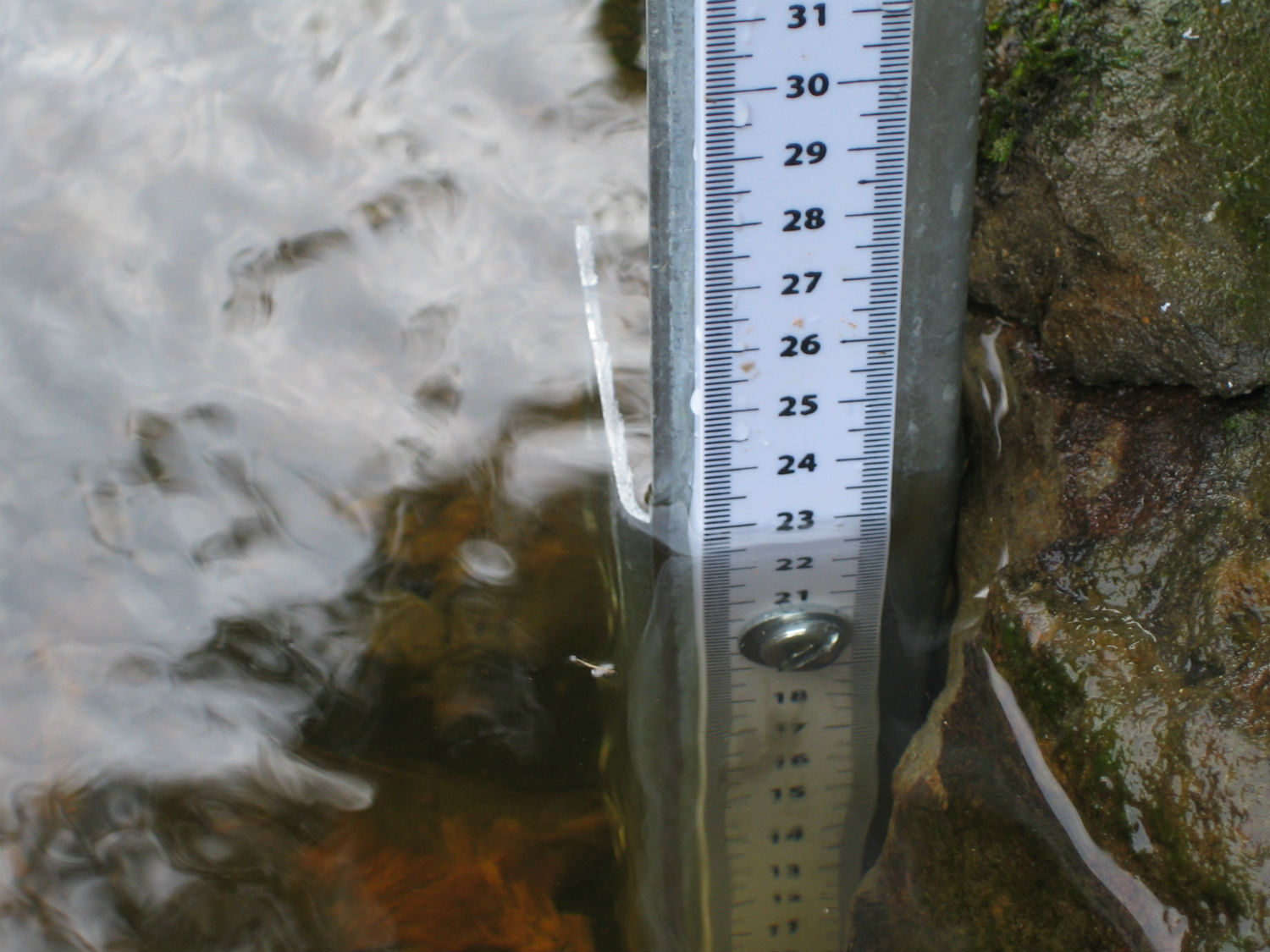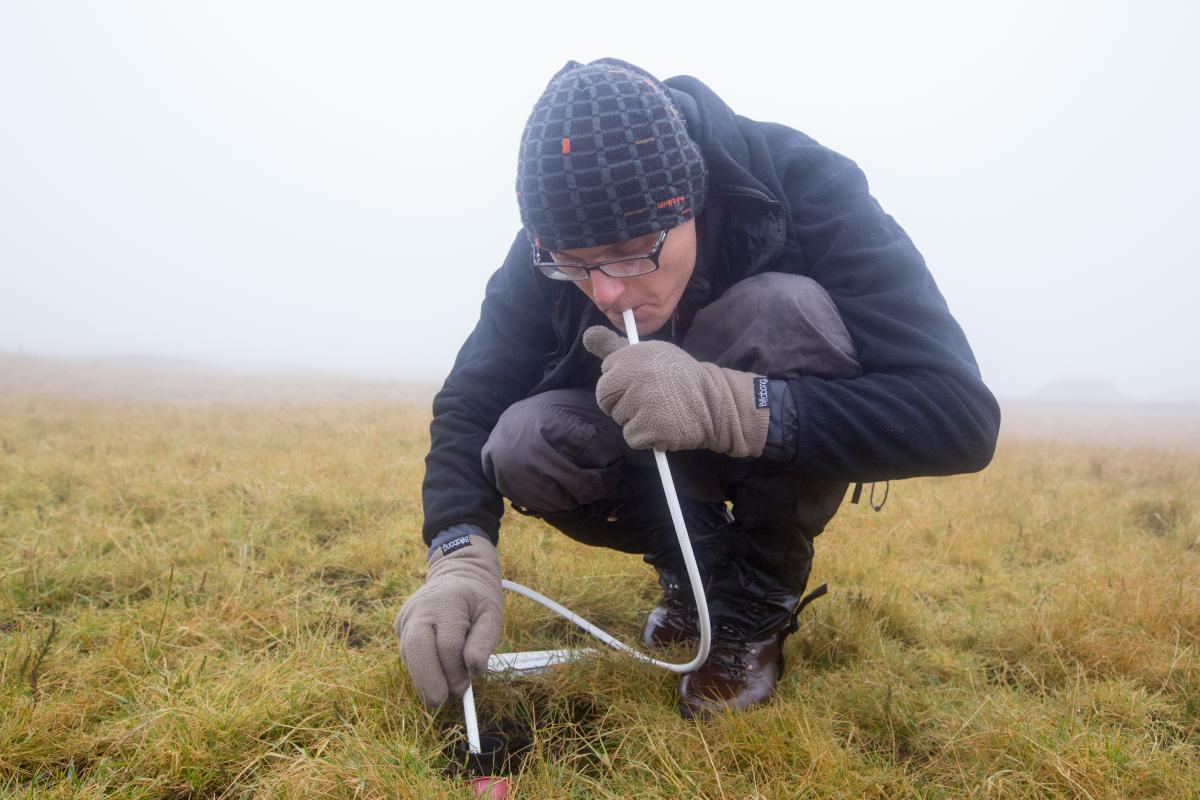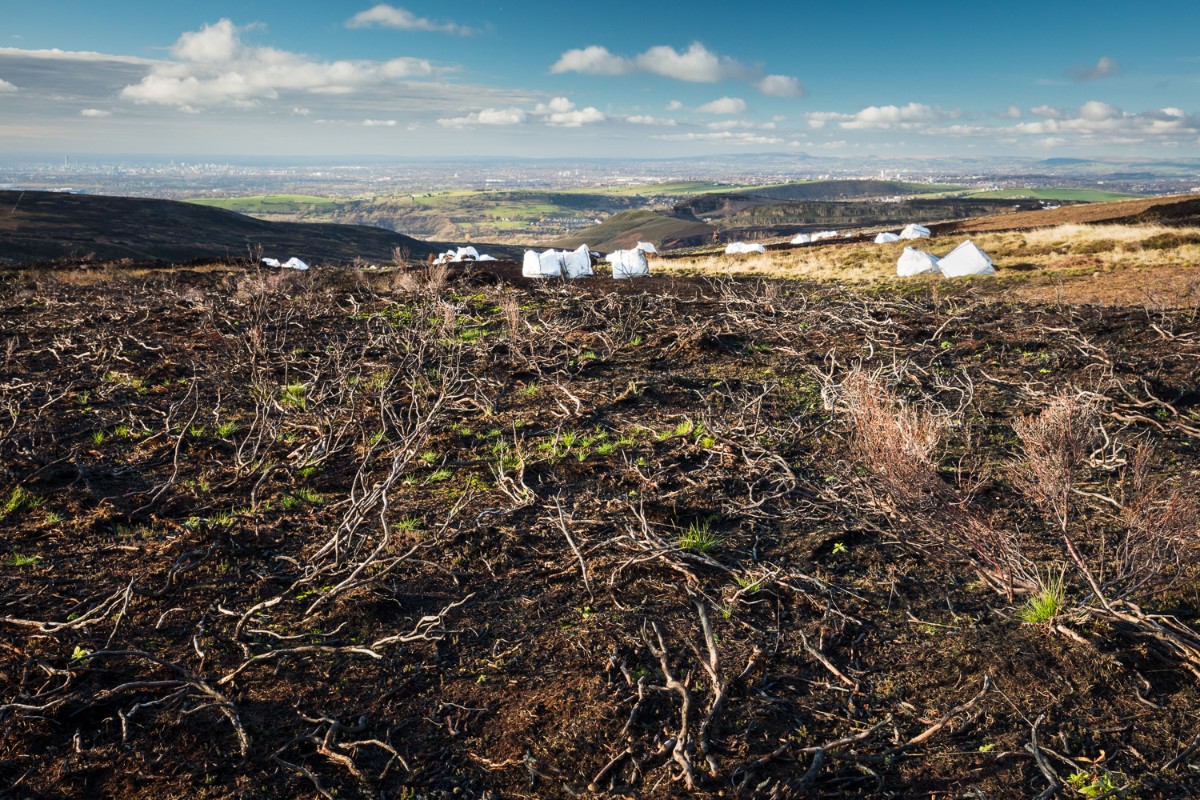The Kinder catchment monitoring project
Monitored the impacts of restoration techniques
Re-vegetation lead to a number of improvements in the blanket bog
To fully assess the impact of re-vegetating the area, further monitoring is needed
Monitoring the impacts of restoration
Project start date: April 2011
Project end date: March 2016
Report
The Kinder catchment monitoring project was a five-year monitoring programme (2011–2015) to establish the effects of moorland restoration techniques.
Our five-year monitoring programme was designed to investigate whether techniques to restore blanket bog effectively achieved our aims of providing multiple benefits.
We found that improvements were achieved as follows:
- improved water quality
- higher water table
- stabilisation of peat
- improved habitat
We monitored the impacts of the restoration techniques implemented on the Kinder Plateau on National Trust owned land. The project was monitored at a micro-catchment level and across most of the blanket bog catchment for the reservoir of Kinder Scout. The water quality was monitored at Kinder Gates river.
The monitoring programme was designed to investigate:
- the extent that the restoration techniques employed affect the water table, water runoff and water quality
- the extent that the restoration techniques reduced peat/carbon erosion rates
- how successful re-vegetation techniques cover bare peat
- how well nurse crop establish
- the potential development for more typical moorland plant communities
Work was carried out across the sites, with chosen techniques depending on what was suitable for a specific area. This included:
- gully blocking; using plastic, timber or stone.
- brashing (treating with a layer of chopped heather)
- sowing ‘nurse’ grasses
- sphagnum planting

A summary of the project findings:
- signs of peat accumulation or water pooling associated with 95% of gully blocks
- signs of upstream vegetation establishment associated with 94% of gully blocks
- ‘nurse’ grasses dominating vegetation cover
- mosses and Lichens cover increased significantly
- 39 new locations of either single plants or carpets of sphagnum
- bare peat was reduced by 75% across the sites where work was carried out
- re-vegetated sites provided evidence of a gradual rise in the water table, and reduced water flow after heavy rain
The work carried out across the sites proved to have an impact on many of the environmental factors considered, but to fully assess the impact of re-vegetating the area, further monitoring is needed.
You can download the whole report here.


